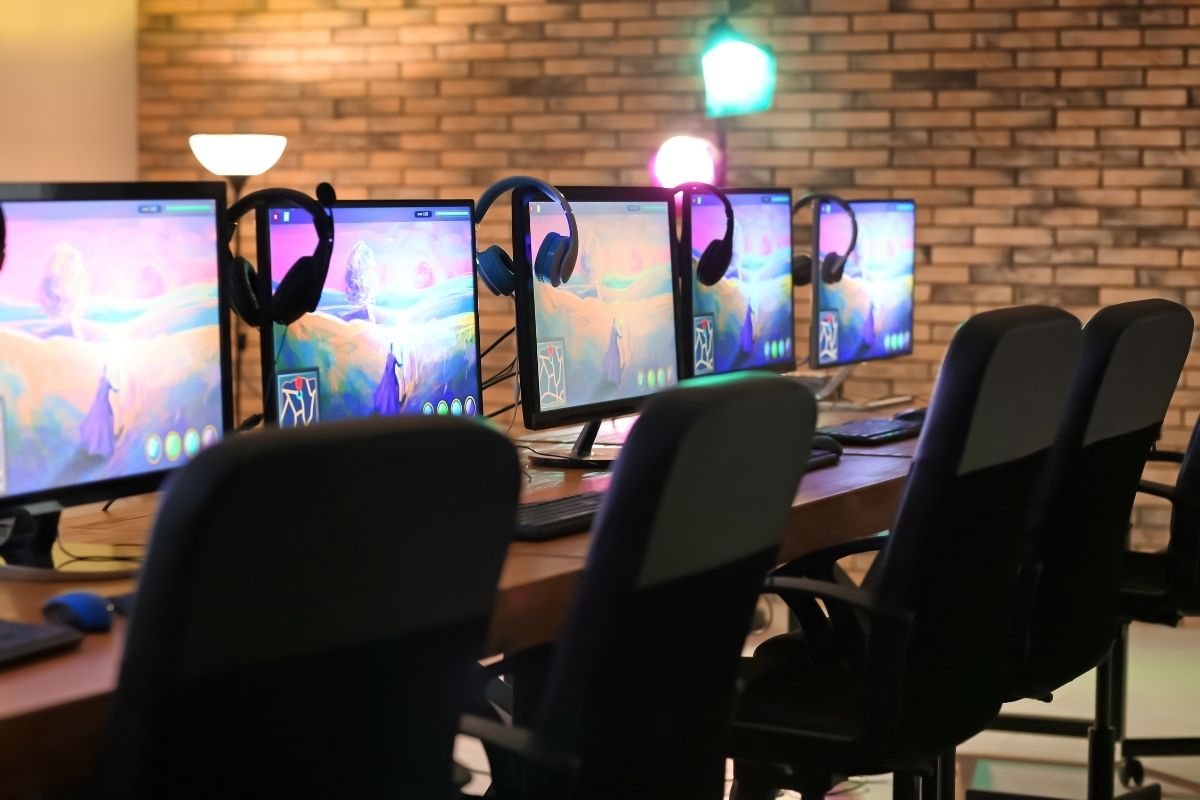Online Sports Management Education: What Makes a Sport?
Is golf a sport? The Supreme Court said in the case of Casey vs. The PGA that basic ambulatory skill walking is not required in golf. Casey was disabled. He said, “I don’t need to walk in between holes.”
PGA said, “Yes, you do.”
“Well, that’s not what golf is,” said Casey. “It’s just hitting a ball. I don’t have to walk.”
How can you call something a sport? Walking isn’t needed, but it’s a sport. Is it a sport just because it’s on ESPN? Poker is on ESPN. Is that a sport? Is hot dog eating contest a sport? What tells me it’s a sport? Is it training? Is it practice? Is it competition?
Competition. That’s what it is. Well, brain surgeons are competitive. Are they athletes? Artists are competitive. Are they athletes?
You get to this question very quickly in sports management when you start to talk about esports. Are these people athletes? Well, if you think about the classic athletic traits of speed, strength, endurance, I don’t know. It’s hard to say.
Who wins a running race? A fast baseball player, a fast golfer, or a typical esports athlete? Are they athletes or is just this something that we put the word sports on, put the structure of professional sports around it to make money off of it, and then we say to ourselves, “Yeah, that’s a sport.”
It’s a sport because they have reflexes like a race car driver. It’s a sport because they have to sit for a long time. It’s a sport because of concentration. I suppose you could make up all kinds of arguments for and against. There’s a definition of what is sports business that the North American Sports Management Association provides, and roughly, it says, pretty much anything: anything that’s sports related in global sports or any activity involved in or related to sports.
So, you see, lots of things begin to become sports business. The answer really is, when we’re talking about sports business, we’re not always talking about sports. That’s important because you may run into an existential problem with the business you’re running when people no longer are turned on by the activity or turned on by the human quality that makes a human or one human exceptional vis-a-vis another human. All that you’re really interested in is the pop cultural or commercial elements of the enterprise.
I don’t know if esports is a sport. I don’t watch it.
These are existential problems to consider for students in sports management education.


